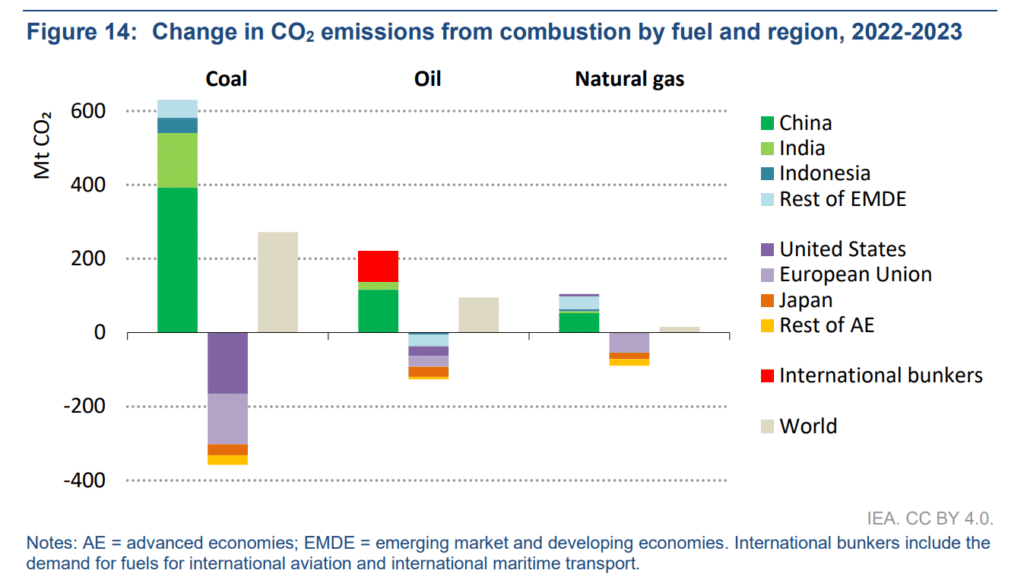A recent analysis from the International Energy Agency (IEA) indicates that the growth in global carbon emissions hit record high in 2023 but it moderated compared to the previous year. This is primarily due to the ongoing expansion of renewable energy sources such as solar, wind, and nuclear power.
According to the IEA report, global emissions experienced a modest increase of about 1.1% in 2023, totaling approximately 410 million tons. Ninety percent of these emissions are caused by human activities, now reaching a total of 37.4 billion tonnes.
However, the report highlights that without the deployment of clean energy technologies, emissions would have surged significantly more over the past 5 years.
From 2019 to 2023, the deployment of solar photovoltaic (PV), wind power, nuclear power, electric cars, and heat pumps has collectively avoided approximately 2.2 billion tons (Gt) of emissions annually. Without these technologies, the global increase in CO2 emissions over the same period would have been more than 3x higher.
Additionally, droughts hindered the operation of hydropower plants at full capacity, leading to a reliance on fossil fuels to meet energy demands. This is responsible for almost 40% of the overall increase in emissions, as illustrated below.
How Clean Energy Curbs Emissions Growth
Despite the ongoing increase in emissions, advanced economies achieved a notable milestone by reducing carbon emissions while experiencing GDP growth. This divergence signals a significant departure from the historical trend linking fossil fuel energy development with economic expansion.
Moreover, last year marked the first time that over 50% of the electricity generated in advanced economies came from low emissions sources. These remarkable achievements in emissions reduction were largely due to a combination of factors:
- Extensive deployment of renewables,
- The transition from coal to natural gas,
- Improvements in energy efficiency, and
- Advancements in lower-emissions industrial production processes.
Fatih Birol, the executive director of the IEA, emphasized the resilience of the clean energy transition despite facing various challenges. Birol noted that:
“The clean energy transition has undergone a series of stress tests in the last five years — and it has demonstrated its resilience… continuing apace and reining in emissions — even with global energy demand growing more strongly in 2023 than in 2022.”
In the United States, total CO2 emissions stemming from energy combustion experienced a notable decline of 4.1%, equivalent to a reduction of 190 million tonnes (Mt), even as the economy expanded by 2.5%. Notably, the electricity sector accounted for two-thirds of this emissions reduction, indicating significant progress in decarbonizing the power generation sector.
Meanwhile, total CO2 emissions from energy combustion in the EU dropped by almost 9% in 2023 (-220 Mt). Electricity generation from coal decreased by 27% in 2023, while natural gas-based power generation fell by 15%.
Clean Energy Disparities in Developing Economies
Despite the progress, there remains a stark imbalance in clean energy development, with advanced economies and China dominating the landscape.
According to the report, in 2023, these leading economies accounted for a staggering 90% of new solar photovoltaic (PV) and wind power installations worldwide, along with 95% of electric vehicle (EV) sales. This concentration underscores the need for broader global investment in clean energy, especially in developing and emerging economies.
There exists a significant investment gap, with the UN estimating an annual requirement of about $1.7 trillion in renewables investment for developing countries. Despite this pressing need, the investment inflow into clean energy projects in developing countries falls short.
In 2022, these nations received only $544 billion in clean energy investment, as per UN data. Addressing this gap and bolstering investment in clean energy infrastructure is paramount to achieving global emission reduction targets.
The Driving Force Behind Emissions Surge
Since the post-pandemic era, coal has emerged as the primary contributor to the surge in global CO2 emissions. Energy combustion emissions have witnessed a notable increase of around 850 million tonnes (Mt) since 2019, with coal emissions alone growing by 900 Mt.
Meanwhile, gas emissions have experienced a moderate rise, while oil emissions remain slightly below their 2019 levels.
Notably, coal has accounted for around 70% of the upsurge in global carbon emissions from energy combustion in 2023. It contributes to around 270 Mt to the overall emission increase.
This trend is particularly pronounced in China and India, where substantial increases in coal combustion emissions were observed, only partially offset by declines in advanced economies.
On the other hand, oil emissions saw an uptick due to the reopening of economic activities in China and the resumption of global aviation, resulting in a global increase of about 95 Mt. In contrast, natural gas emissions witnessed only marginal growth at the global level, indicating a relatively stable trajectory.
Shifting Landscapes: Global Trends in Emissions Contribution
The global emissions landscape is undergoing significant shifts, with notable changes in the contributions of different countries and regions. China, for instance, has emerged as a dominant player, surpassing the combined emissions of advanced economies in 2020 and experiencing a further 15% increase in emissions by 2023.
India, on the other hand, has overtaken the European Union to become the third-largest emitter globally.
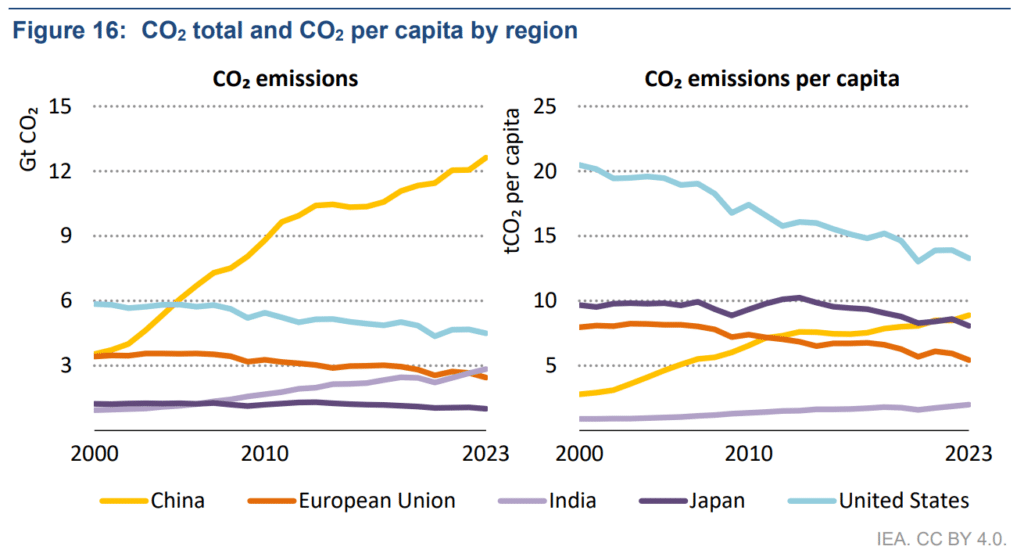
The IEA findings underscore the resilience of the clean energy transition amid growing carbon emissions but challenges persist, particularly in developing economies. Addressing the gap and bolstering global investment in clean energy infrastructure is critical to meeting emission reduction targets and combating climate change.

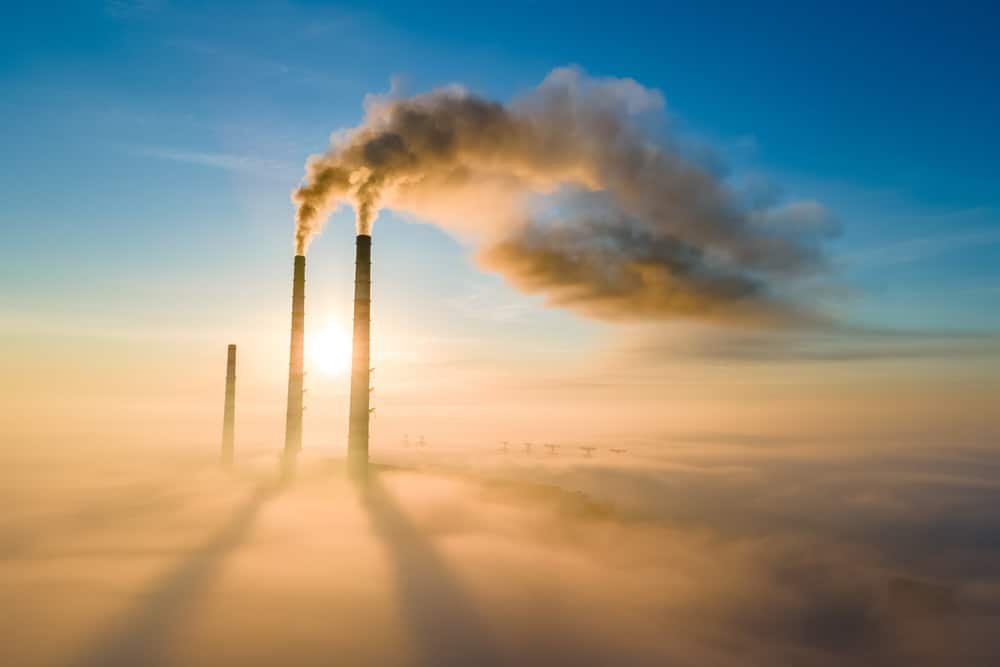
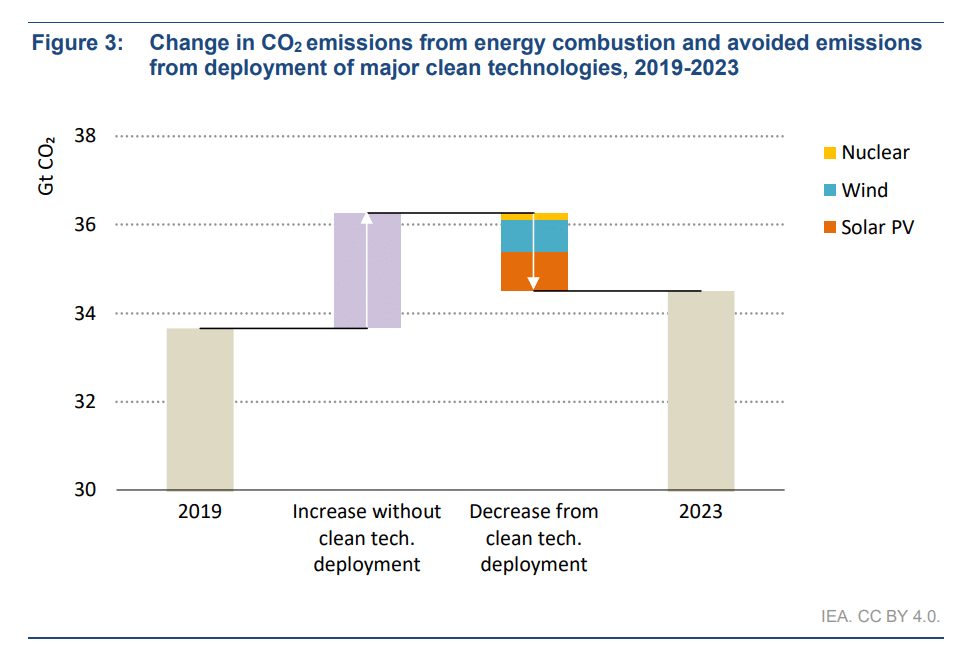
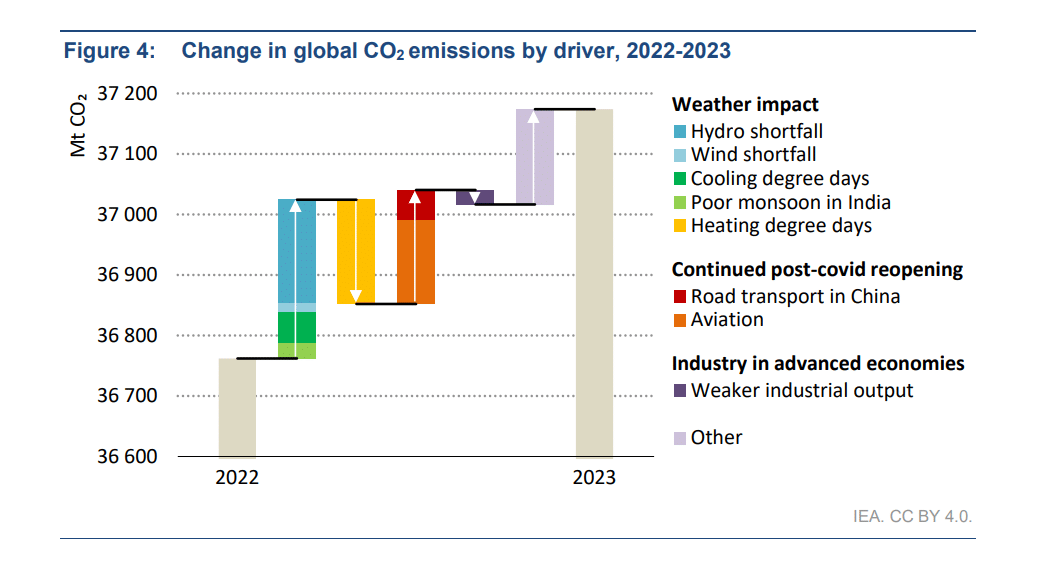
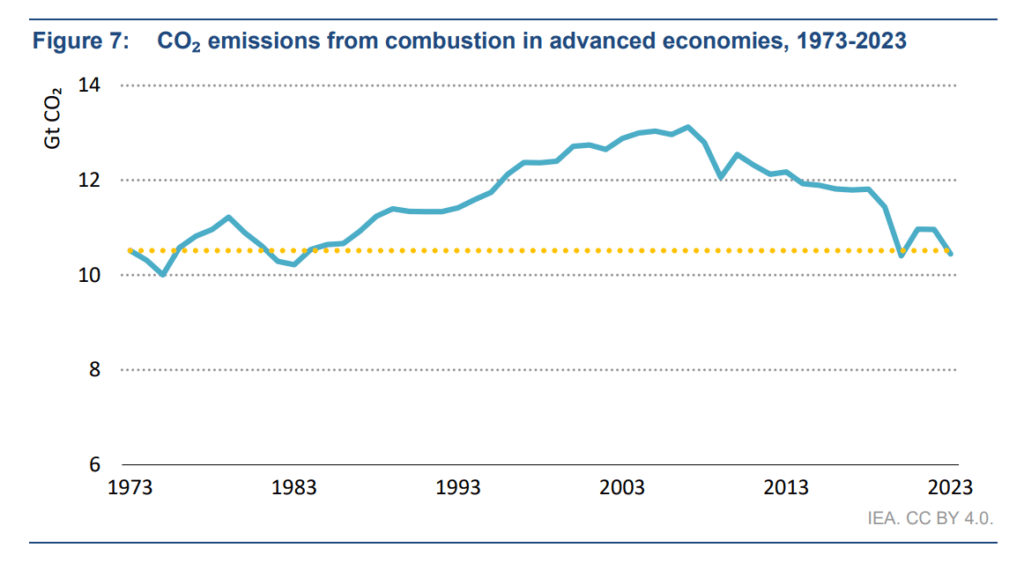
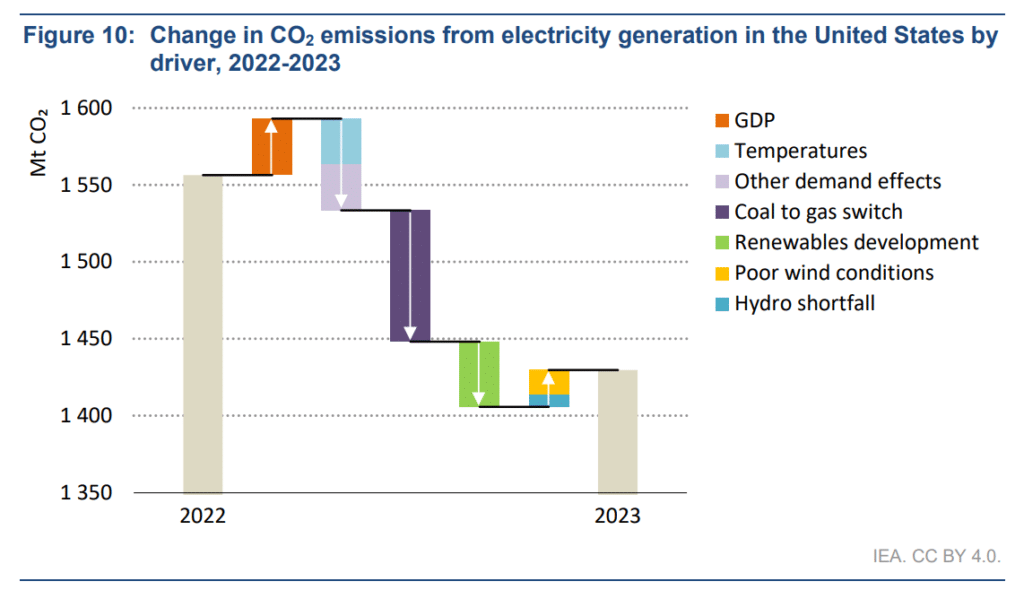 RELATED:
RELATED: 